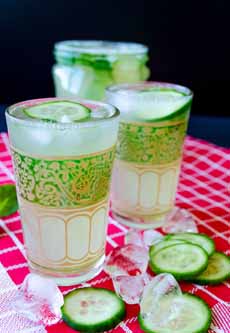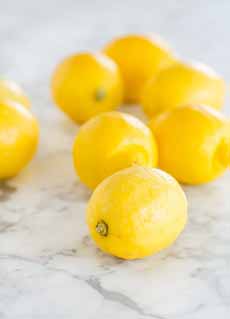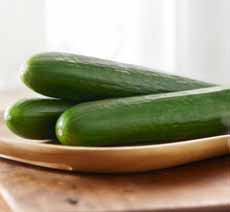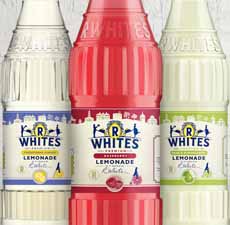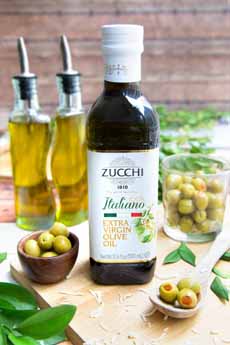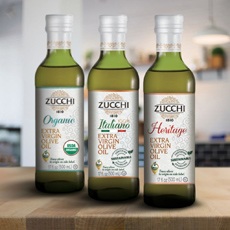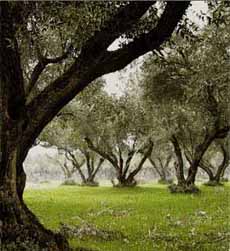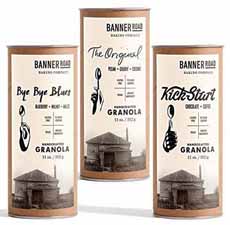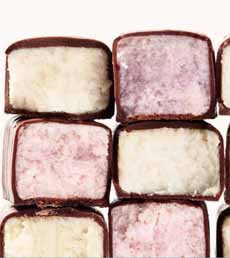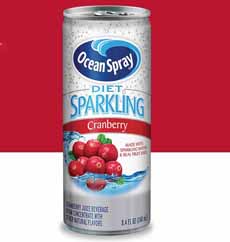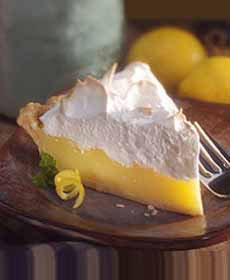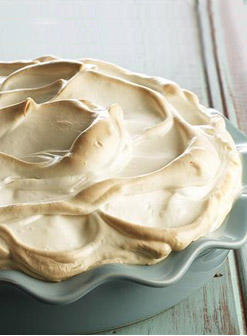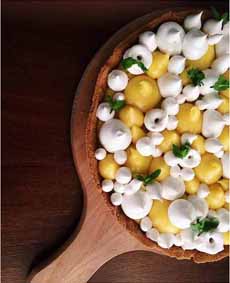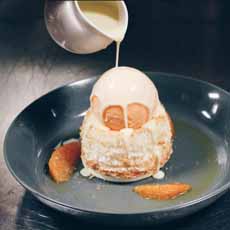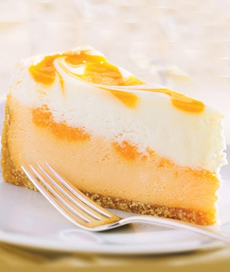|
We’ve tasted a lot of extra virgin olive oil, both at industry events (100 California olive oils in one sitting!) and in a massive tasting at THE NIBBLE (90 olive oils), among smaller nibblings.
Occasionally, we have called out a few as Top Pick Of The Week, but it’s hard to do so: There are so many EVOOs* that deserve your attention.
Zucchi 1810 olive oil is a brand available at better supermarkets and specialty food stores. At less than $10 a bottle, it tastes as good as olive oils which are twice the price.
> The history of olive oil is below.
> The history of olives.
> The different types of olives and olive oil: a photo glossary.
ABOUT ZUCCHI
Oleificio Zucchi was founded in 1810 near Lodi in northern Italy. It’s now in the hands of the seventh generation.
By the 1990s, constant growth made it necessary to move the business to its current 86,000-square-foot facility in Cremona. The production capacity is now almost 400,000 gallons/day of packaged oil!
While that’s a lot of olive oil, the company produces oils that taste as good as some oils that are produced in small, artisan facilities.
Using state-of-the-art technology, Zucchi has created an “olive oil cellar,” Italy’s largest temperature-controlled storage facility, maintained at a constant 60°F and capable of storing some 5,300 tons of extra virgin olive oil.
The goal is to deliver an excellent oil whose organoleptic properties—taste, aroma, appearance—remain constant over time.
The company is proud of its sustainability and traceability: a sustainable supply chain founded on environmental sustainability, transparency at every step of production (traceability—you can trace your bottle with the QR code on the label), and fair wages for workers.
THE ART OF BLENDING
You may notice single-cultivar olive oils: arbequina, cerignola, frantoia, and scores more. (There are more than 500 different cultivars in Italy alone, although some are better for eating than for pressing into oil.)
While single-cultivar oils are usually the province of artisan growers, the majority of olive oils are a blend of several cultivars (varieties) each of which brings a unique flavor profile to the blend.
In the blending room, finding the right balance between fruity and peppery, bold and delicate requires knowledge and skill. The objective is to find the best blend of cultivars (and origins, since olives planted in different regions can have different personalities), and the best percentages of each.
The art of blending is the ability to create oils with specific personalities that appeal to different consumer tastes.
It is a fascinating procedure, and we have been fortunate to try it at a Zucchi blending event (photo #2).
Just think of how both Americans’ use of olive oil, and our culinary trends, have changed over the last 30 years, and you’ll see why producers continually seek optimal blends.
There are an infinite number of blends, but here are the different flavor styles of olive oil with which to begin.
Which blend is right for you? It’s only by tasting that you know if you’d rather dress your salad with an oil that’s buttery, fruity, or peppery; mild, robust, or intense.
|
